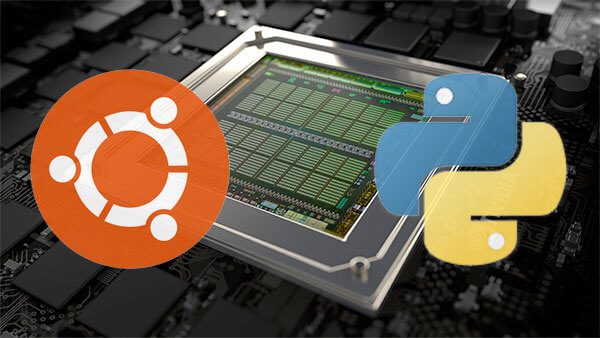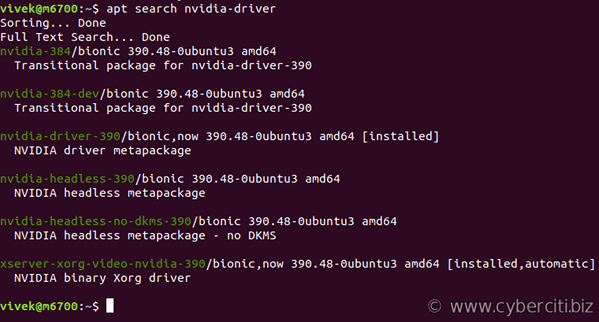
- #Install latest nvidia drivers 16.04 install
- #Install latest nvidia drivers 16.04 driver
- #Install latest nvidia drivers 16.04 software
- #Install latest nvidia drivers 16.04 series
#Install latest nvidia drivers 16.04 series
LTS releases get regular point releases with support for new hardware and integration of all the updates published in that series to date. The first LTS releases were supported for three years on the desktop and five years on the server since Ubuntu 12.04 LTS, desktop support for LTS releases was increased to five years as well. Long-term support includes updates for new hardware, security patches and updates to the 'Ubuntu stack' (cloud computing infrastructure). Since the release of Ubuntu 6.06, every fourth release receives long-term support. The first release was in October 2004.Ĭurrent long-term support (LTS) releases are supported for five years, and are released every two years.

Ubuntu releases updated versions predictably every six months, and each release receives free support for nine months (eighteen months prior to 13.04) with security fixes, high-impact bug fixes and conservative, substantially beneficial low-risk bug fixes. Ubuntu is built on Debian's architecture and infrastructure, and comprises Linux server, desktop and discontinued phone and tablet operating system versions. Opening english wikipedia main page with Mozilla Firefox 99 on Ubuntu 20.04 Ubuntu is named after the Nguni philosophy of ubuntu, which Canonical indicates means "humanity to others" with a connotation of "I am what I am because of who we all are". Canonical generates revenue through the sale of premium services related to Ubuntu and donations from those who download the Ubuntu software. Canonical provides security updates and support for each Ubuntu release, starting from the release date and until the release reaches its designated end-of-life (EOL) date. Ubuntu is developed by British company Canonical, and a community of other developers, under a meritocratic governance model. As of 21 April 2022, the most recent long-term support release is 22.04 ("Jammy Jellyfish").

Ubuntu is released every six months, with long-term support (LTS) releases every two years. Ubuntu's default desktop has been GNOME since version 17.10. Ubuntu is a popular operating system for cloud computing, with support for OpenStack. All the editions can run on the computer alone, or in a virtual machine. Ubuntu is officially released in three editions: Desktop, Server, and Core for Internet of things devices and robots. Ubuntu ( / ʊ ˈ b ʊ n t uː/ ( listen) uu- BUUN-too) is a Linux distribution based on Debian and composed mostly of free and open-source software.
#Install latest nvidia drivers 16.04 software
Finally switch graphics card by launching NVIDIA X Server Settings and select a GPU you want at PRIME Profiles tab.Free software + some proprietary device drivers After installed graphics drivers, re-launch Additional Drivers utility and apply new installed drivers, so it looks like:ĥ.
#Install latest nvidia drivers 16.04 install
You may also install Intel proprietary driver, which is not required: sudo apt-get install intel-microcodeĤ.


#Install latest nvidia drivers 16.04 driver
Replace nvidia-361, or just use nvidia-current instead and keep an eye on the installing process to make sure the installed driver is listed in above picture. Install NVIDIA proprietary driver as it shows by launching terminal (Ctrl+Alt+T) and run command: sudo apt-get install nvidia-361 When it opens, you can see a list of recommended drivers for your graphics cards:ģ. Search for and launch “Additional Drivers” utility from Unity Dash.Ģ. This can be easily done after installing Nvidia graphics drivers and below steps will show you how:ġ. To get the best graphics performance for playing games or charting, you need to manually switch to NVIDIA graphics card. For Ubuntu laptops with dual graphics cards, Intel graphics is being used by default.


 0 kommentar(er)
0 kommentar(er)
